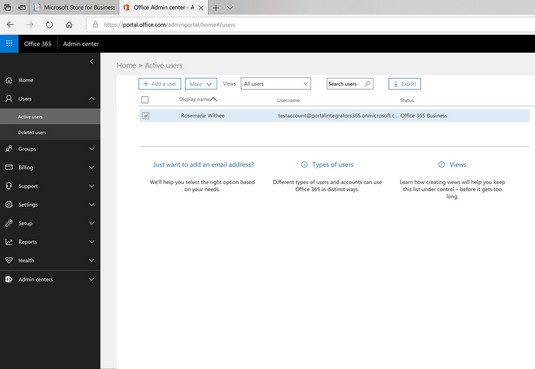

Download the license removal tool that is attached at the bottom of this page.Step 3: Download and run the license removal tool UBF8T346G9.OfficeOneDriveSyncIntegration In the Group Containers folder, select the below files if they are present and choose Move to Trash for each.In the Cookies folder, select the below files if they are present and choose Move to Trash for each.In the Containers folder, select the below files if they are present and choose Move to Trash for each.Switch back to column view, then click the Library folder.In the View Options window, select Show Library Folder.In the menu bar, click View, then as List.In Finder, press the Command + Shift + H keyboard shortcut to display your user Library folder. Step 3: Remove other dependant files your user Library folder In the Preferences folder, select the below files if they are present and choose Move to Trash for each.In the PrivilegedHelperTools folder, select the below files if they are present and choose Move to Trash for each.In the LaunchAgents folder, select the below files if they are present and choose Move to Trash for each.


In the LaunchDaemons folder, select the below files if they are present and choose Move to Trash for each. In the Finder window, click Macintosh HD, then Library.In the menu bar, click Go, then Computer. Step 2: Remove other dependant files from Library folder Note: Depending on your Office for Mac subscription/product, you may have a different combination of apps installed to remove. Then right-click the selected items and choose Move to Trash. Locate and command-click the Microsoft Excel, Microsoft OneNote, Microsoft Outlook, Microsoft PowerPoint, Microsoft Word and OneDrive apps to highlight them.Open a new Finder window and click Applications.It is also recommended that your documents have been saved to OneDrive or SharePoint locations and that your mail has completed syncing items to your mailbox before starting. You will need an Administrator account to perform many of the tasks below. To completely remove Office for Mac, perform the following steps. On occasion, troubleshooting Office for Mac may require the comprehensive removal of the software so a completely new installation can be performed.


 0 kommentar(er)
0 kommentar(er)
